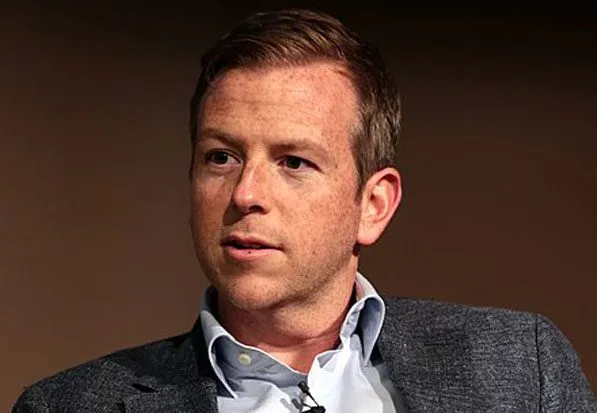Related

'Grief is a lonely thing' – Henrico homicide vigil remembers victims
Dozens of families and friends of people who lost their lives to homicide gathered Tuesday night at Henrico's Western Government Center to recall those they had lost, during an annual vigil for homicide victims organized through the Henrico Commonwealth's Attorney's Office's Henrico
Click here to read more
JetBlue launching direct service between RIC and Puerto Rico in 2026
JetBlue will begin year-round nonstop service between Richmond International Airport and San Juan, Puerto Rico March 26, 2026, giving Central Virginia travelers a new direct option to the Caribbean. The new route, part of a major expansion by JetBlue in Puerto Rico, will operate three times a week on Tuesdays,
Click here to read more
Henrico supervisors establish animal cruelty registry, approve new solar power facility
On Tuesday night, the Henrico Board of Supervisors approved the county’s first-ever animal cruelty registry, as well as a new Dominion energy solar power facility in Varina. Henrico is the second county in Virginia to establish an animal cruelty registry, with Richmond creating their first registry last month. The
Click here to read more
‘Is any of this even necessary?’ – some Henrico School Board members question the need for redistricting
Since September, the Henrico School Board has dropped a number of schools from its redistricting plan, and some board members feel uncertain about the current watered-down proposal. The board’s initial Sept. 11 proposal involved seven different scenarios that would move more than 1,800 students. But after pushback from
Click here to read more
